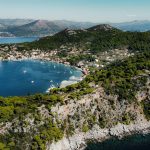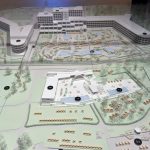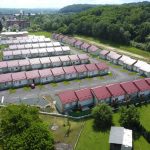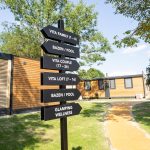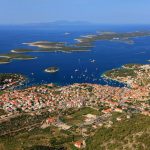An additional attraction coming to Dalmatia’s Temple of Football.
A museum dedicated to the Homeland War will be built at Poljud in Split. The project is worth between 40 and 50 million kuna, and it will be funded by the city and county budgets, and through donations and private investments. “Maybe the best solution would be a public-private partnership that would see a private investor build the museum, which we would then repay in annual instalments”, mayor of Split Ivo Baldasar said. “It would be a modern interactive museum, similar to the Museum of Sinjska Alka, and would be led by war veterans. The idea is for them personally to present what has happened to them. That is the right way to present the truth about the Homeland War”, the mayor said, adding that the preparatory activities will surely last for at least two years, reports Dalmatinski Portal on November 27, 2015.
“We should finally launch this important project, since there are a lot of artefacts which could soon be destroyed. We need to introduce young people with those difficult years when Croatian state was born”, the Split-Dalmatia County prefect Zlatko Ževrnja said. “It is a sad fact that only five percent of school lessons are dedicated to the history of the war. The unarmed people have sacrificed themselves so that we could live a better life, and now everything is forgotten”, Ževrnja concluded.
Retired Army Major Ivica Bubić, president of the Commission for the Collection of the Museum Exhibits, said that the museum, which will cover between 3,000 and 4,000 square metres, should include planes, tanks and helicopters from that period. “We have the support of the mayor and the county prefect, as well as Croatian President Kolinda Grabar-Kitarović. We have established contact with diaspora which is also ready to help”, Bubić said.
He added that he expects that citizens will donate items they have from the war, while some of the generals from the war will donate their uniforms. He stressed that politics should have no place in this project, and emphasized the special role of the city of Split. “Perhaps it will sound a little bit arrogant, but everything started here: protests at Banovina, the best brigade was from Split, and now the launch of this museum…”



